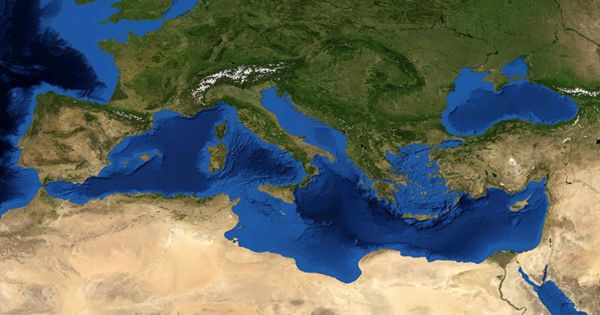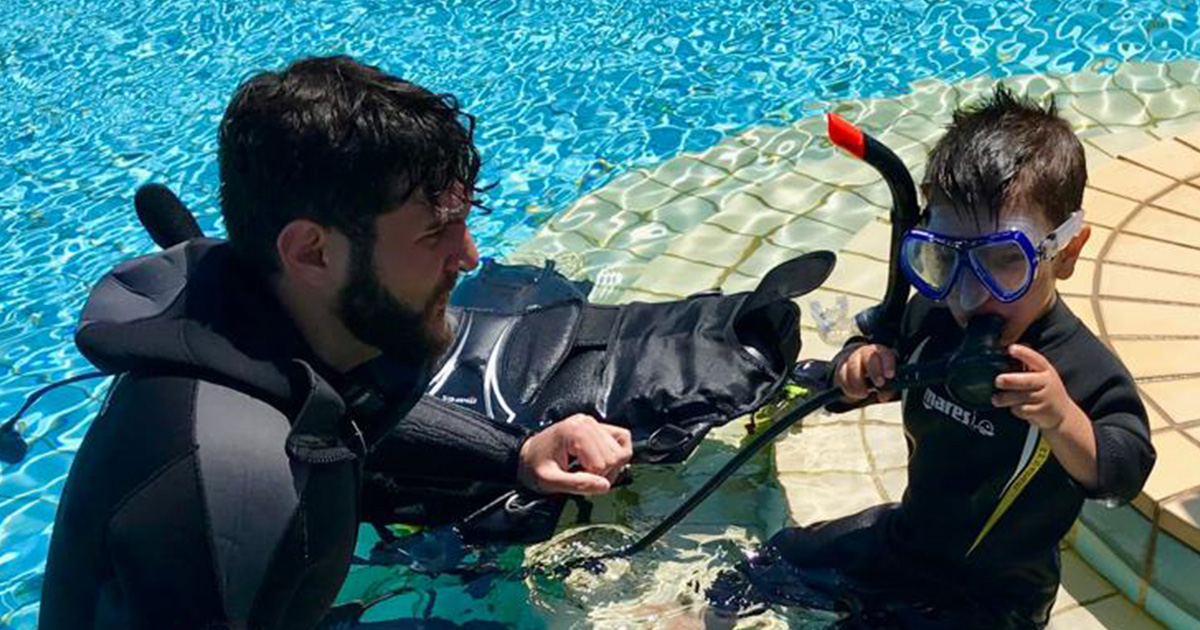MARINE LIFE & BIODIVERSITY: My Octopus Teacher

Octopus Vulgaris
The movies that are able to make me cry can be categorized into: Disney or movies where children or animals are involved. I guess innocence and the beauty of nature really touch a sensitive snare.
So‚ when I saw “My Octopus Teacher”‚ I had to keep the Kleenex box near me. If you haven’t seen the movie “My Octopus Teacher” yet‚ absolutely do so! You really learn a lot about the octopus from a behavioral and “sentimental” point of view.
Here‚ I would like to talk to you about the main features and characteristics and some interesting fun facts of the octopus vulgaris.
Description of the Octopus Vulgaris
The Octopus Vulgaris‚ or common octopus‚ is a mollusk of the class Cephalopoda. The body of the common octopus has no skeleton and consists of a large head with two protruding eyes. Laterally on its head lie its gill membranes and a siphon‚ that expels water. The octopus vulgaris has 8 tentacles directly attached to its head and surrounding the beak of the octopus. Each tentacle has two rows of suckers. The common octopus grows up to 25cm length‚ with tentacles up to 1m long. It is able to change its shape and appearance where it changes both structure‚ color and texture of its skin. This enables the octopus vulgaris to squeeze through small gaps and to mimic its surroundings. The common octopus has a gland that produces black ink‚ stored in a sac‚ which can be quickly shot out to its environment. This ink creates a dark cloud in the water‚ which allows the common octopus to confuse a predator and escape.
Habitat of the Octopus Vulgaris
The common octopus is a species that is found all over the world and is very common in the Mediterranean Sea. In the Marine Protected Area of Ustica and Isola delle Femmine‚ the octopus vulgaris can often be encountered while diving. It lives from a few meters depth up to 50m and hides in its den in holes or cracks of the rocky sea bottom. Their dens can be recognized by an accumulation of shells and pebbles that lie before its entrance. The common octopus is a typical nocturnal animal‚ leaving its dens for feeding at dusk and returning in the morning.
Feeding of the Octopus Vulgaris
The common octopus is fund of crabs and mollusks but can actually eat anything it catches. Their prey is caught and immobilized by their tentacles and the poisonous saliva of the octopus can paralyze some animals. Then the common octopus uses its beak to crack open the hard shells of mollusks or crustaceans.
Reproduction of the Octopus Vulgaris
The common octopus has male and female individuals. When they meet‚ the male octopus uses a specialized arm to transfer its packets of sperm from his reproductive organ to the female’s mantle cavity. Usually‚ the third right arm is used‚ which has modified suckers near the tip. The female octopus finds a safe den where to lay her eggs and where she stays to guard and protect them until they hatch. She never leaves doesn’t feed during this time‚ which extremely weakens her.
Lifespan of the Octopus Vulgaris
The common octopus has a relatively short life expectancy of 12-24 months. Their lifespan is limited by reproduction. Female octopuses die shortly after their eggs hatch and male octopuses live for only a few months after mating.
Interesting Facts about the Octopus Vulgaris
- The common octopus has a complex nervous system‚ where most of its nerves are found in its tentacles. Its excellent vision‚ special organs and chemoreceptors give the octopus a detailed description of its position relative to gravity‚ the colors and forms surrounding it and even the taste of what it touches.
- The octopus is considered the most intelligent invertebrate. They have shown evidence of a memory system in problem-solving experiments and even have been reported to practice observational learning‚ such as unscrewing jars to get to food just by watching another octopus doing so.
- Just as in the movie “My octopus teacher”‚ octopuses have been observed to play and to use “tools” to accomplish certain goals.
- The octopus has three hearts; one systemic heart circulating the blood around the body and two hearts that pump blood through each of the gills. When the octopus swims‚ its systemic heart is inactive. This explains why the octopus get tired easily when swimming and prefers to crawl.
- The blood of the octopus is blue. The blueish color is explained by the fact that the protein used for oxygen transport‚ haemocyanin‚ is rich in copper‚ instead of iron as compared to heamoglobin.
On what dive sites can we spot the Octopus Vulgaris?
The common octopus‚ can be encountered during all dives‚ but there are dive sites where the probability of spotting the octopus is higher such as:
In the Marine Protected Area of Ustica:
In the Marine Protected Area of Isola delle Femmine:
Parete dell';;;Ancora dive site
while diving around the islet of Isola delle Femmine.
But as said‚ the common octopus is a master of disguise‚ hiding behind its shells in its den or perfectly mimicking its surrounding; it takes a skilled eye to spot them.






















